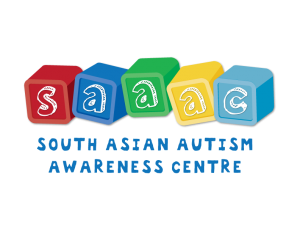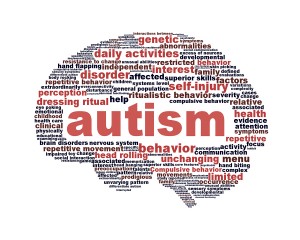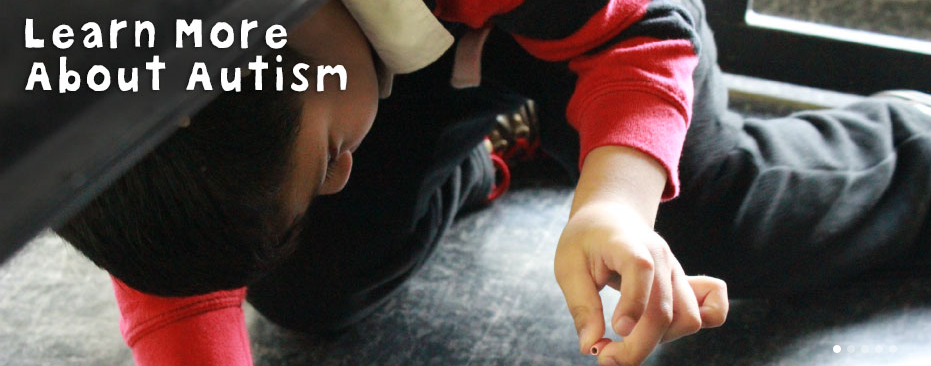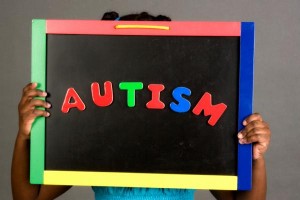
Editorial Partner
By South Asian Autism Awareness Centre
For many individuals and families living with Autism Spectrum Disorder (ASD), April is a month that has special significance. April 2nd is World Autism Awareness Day and the month of April is dedicated to shining a light on a disorder that is still shrouded in ambiguity.
In the spirit of autism awareness, we want to introduce readers to what ASD is, the early signs of the disorder, and who families can look to for support.
ASD refers to a group of complex developmental brain disorders that affect the way the brain works. People with ASD experience difficulties in three key areas: social interaction, language & communication, and strong interests & behaviours.
Autism is a “spectrum disorder” meaning that it impacts individuals differently. Each individual with autism is unique and has their own specific gifts and challenges.
The most recently reported statistic released by the Centre for Disease Control (CDC) states that one in 68 children live with ASD, and boys are nearly five times more likely than girls to have it.
There are no single indicator that signals ASD. Usually when health professionals are involved in the diagnosis process they look for several things.
Here a few indicators that a child with ASD may present:
- Trouble with pointing or making meaningful gestures by 1 year

- Cannot speak one word by 16 months
- Cannot combine two words by 2 years
- Does not smile
- Does not respond to their name
- Noticeable delays in language or social skills
- Avoids making eye contact
- Strongly resists changes in routines
- Has problems with, or is not interested in -playing with toys
- At times seems to be hearing impaired
- Has problems interacting with other children or adult
There are a number of online assessments and checklists that parents and caregivers can complete if they suspect their child is developmentally delayed. The results can then be discussed with a family doctor who can further follow-up if necessary. Some resources can be found here and here.

Children cannot outgrow ASD, but studies show that it is treatable with early diagnosis and intervention. To ensure development of a variety of skills associated with socialization, communication, and behaviour management, families utilize expertise of a coordinated team of health and education professionals. This can include the following members: behavioural support specialists, speech pathologists, occupational therapists, pediatricians, psychiatrists, and general practitioners. For some families, this “ASD team” can have many more professionals. Utilizing such a team of professionals for care is a primary reason why having a child with ASD can be very expensive for families.
Currently, there are no known causes for ASD, but research suggests that there is a strong genetic component, but it’s difficult to say what is exactly going on genetically with autism. It’s this type of ambiguity and uncertainty that still frustrates families, health professionals, and scientists.
Yes, ASD is still being understood in hospitals, schools, and research labs, but being aware of the known aspects of it allows communities, organizations, and governments to become more understanding, which can ultimately lead to inclusive policies that can meaningfully integrate individuals with ASD into schools, workplace and into public life. Awareness can be powerful, and knowing can begin a process of changing the lives of individuals and families living with ASD for the better.
The South Asian Autism Awareness Centre (SAAAC)  is a registered charity that grew in response to the culture of shame, stigma, and silence associated with autism in the South Asian community. Founded in 2008, we quickly evolved to cater to diverse communities and families across the Greater Toronto Area (GTA), providing accessible, cost-effective and discipline-rich management of Autism Spectrum Disorders (ASD) among children and youth.
is a registered charity that grew in response to the culture of shame, stigma, and silence associated with autism in the South Asian community. Founded in 2008, we quickly evolved to cater to diverse communities and families across the Greater Toronto Area (GTA), providing accessible, cost-effective and discipline-rich management of Autism Spectrum Disorders (ASD) among children and youth.
SAAAC aims to develop a vibrant, open, and inclusive community composed of families, caregivers, and community members who are well equipped to handle the challenges presented by autism.
©masalamommas and masalamommas.com, 2016-2017. Unauthorized use and/or duplication of this material without express and written permission from this site’s author and/or owner is strictly prohibited. Links may be used, provided that full and clear credit is given to masalamommas.com and Masalamommas online magazine with appropriate and specific direction to the original content.



There are no comments
Add yours